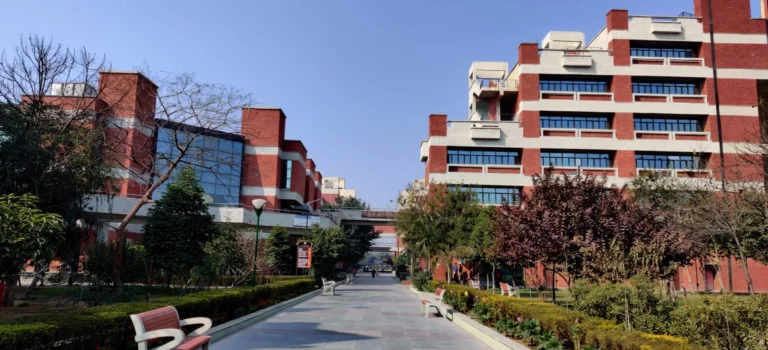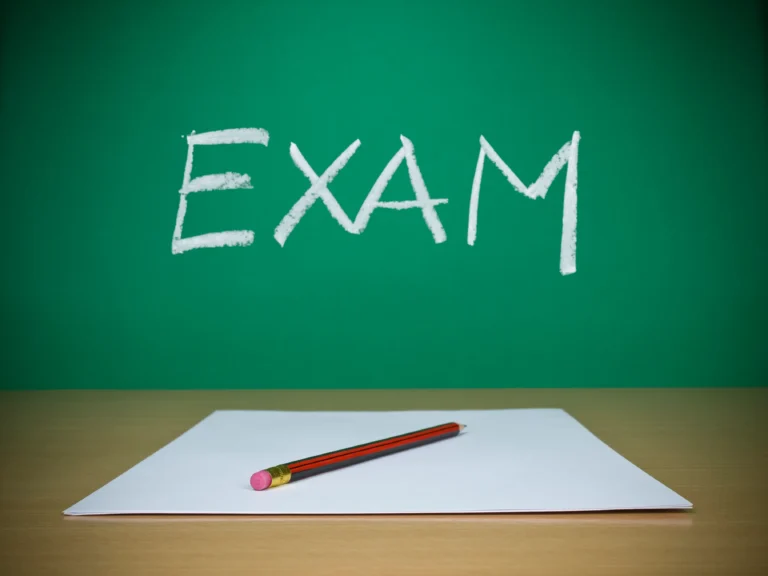Recent Blog
Indian Students’ Study Abroad Preferences: Canada Leads, But Alternatives Rise According to the Student Pulse...
How to Prepare for CUET: A Step-by-Step Guide for Success Preparing for the Common University...
CUET UG 2025: Understanding the Tiebreaker rule for Delhi University Admissions The Common University Entrance...
IPU CET 2025 Registration Extended – Check the New Deadline & Apply Now! Guru Gobind...
India Surpasses China in Australian Student Visa Approvals India has overtaken China in the issuance...
Is NCERT Sufficient for CUET UG 2025? The Ultimate Guide for Success The CUET UG...
ICAI Announces CA Final Exams to be Held Thrice a Year from 2025 The Institute...
ICSI CS June 2025 Registration: Key Dates, Eligibility, and Application Process The Institute of Company...
CUET UG 2025: List of Central and State Universities Accepting Scores The National Testing Agency...
Board Exams – CUET Back-to-Back Preparation Strategies for Success Preparing for both the CUET UG...
Last Chance to Register CUET -UG 2025! Deadline on March 22 The registration window for...
Jamia Millia Islamia Increases Tuition Fees for 2025-26 Academic Year Jamia Millia Islamia (JMI) has...
Delhi University Unveils Latest Insights on UG Admissions & CUET Criteria Delhi University (DU) conducted...
Changes in CUET Subject Combinations: Impact on Science and Commerce Students The landscape of higher...
BCI Releases AIBE 19 Final Answer Key 2024: Check Updates & Download Guide The Bar...
















